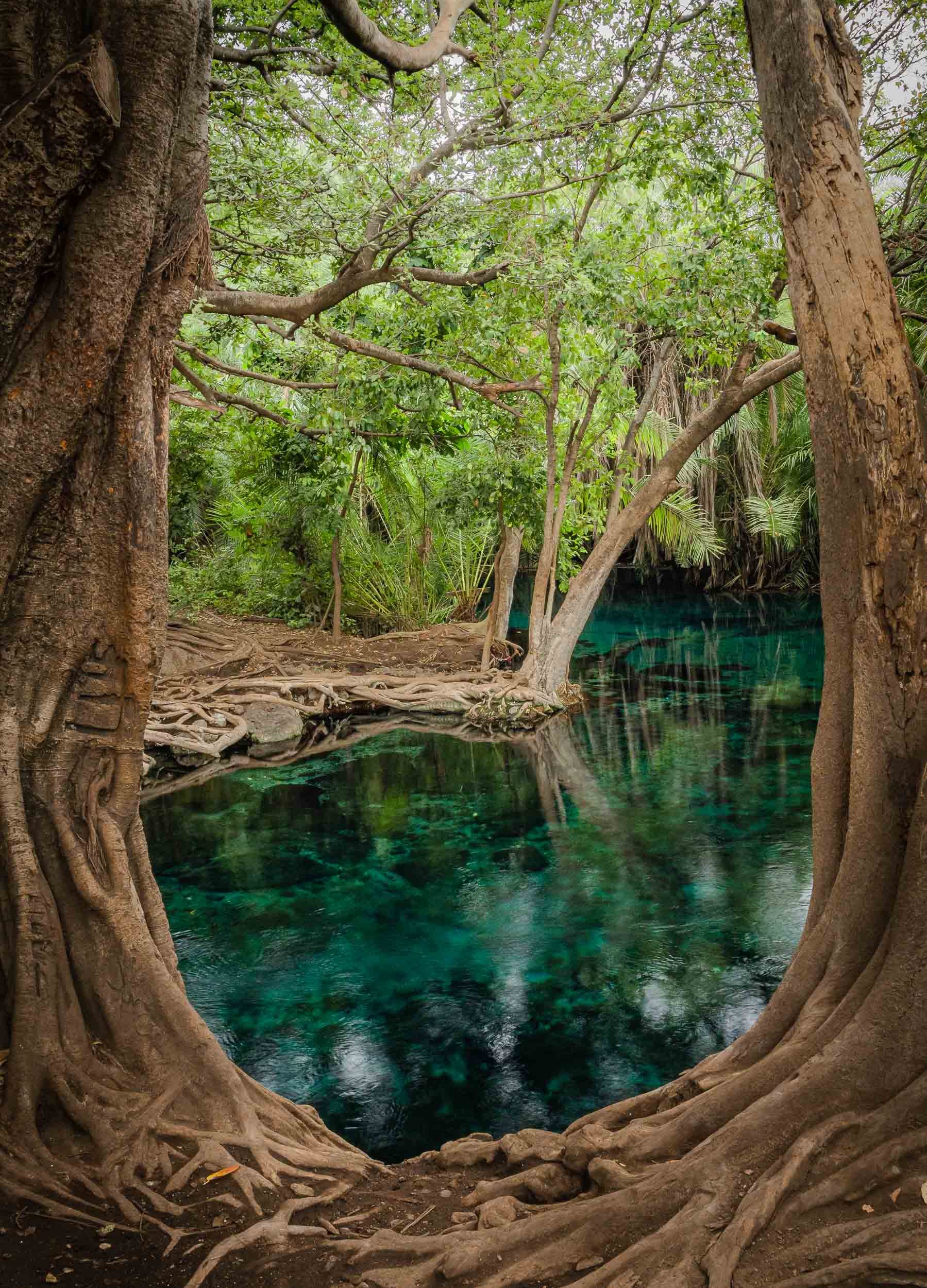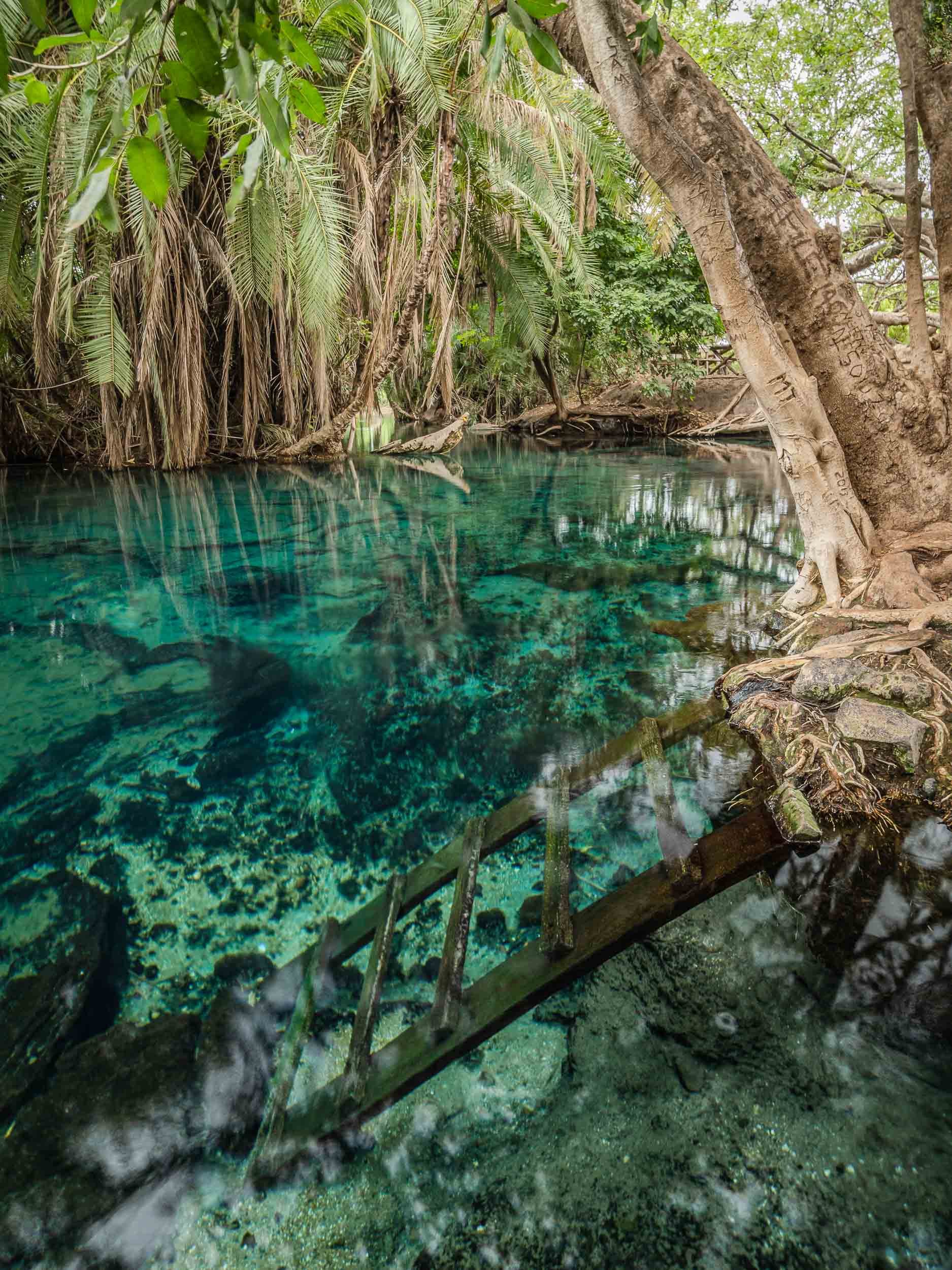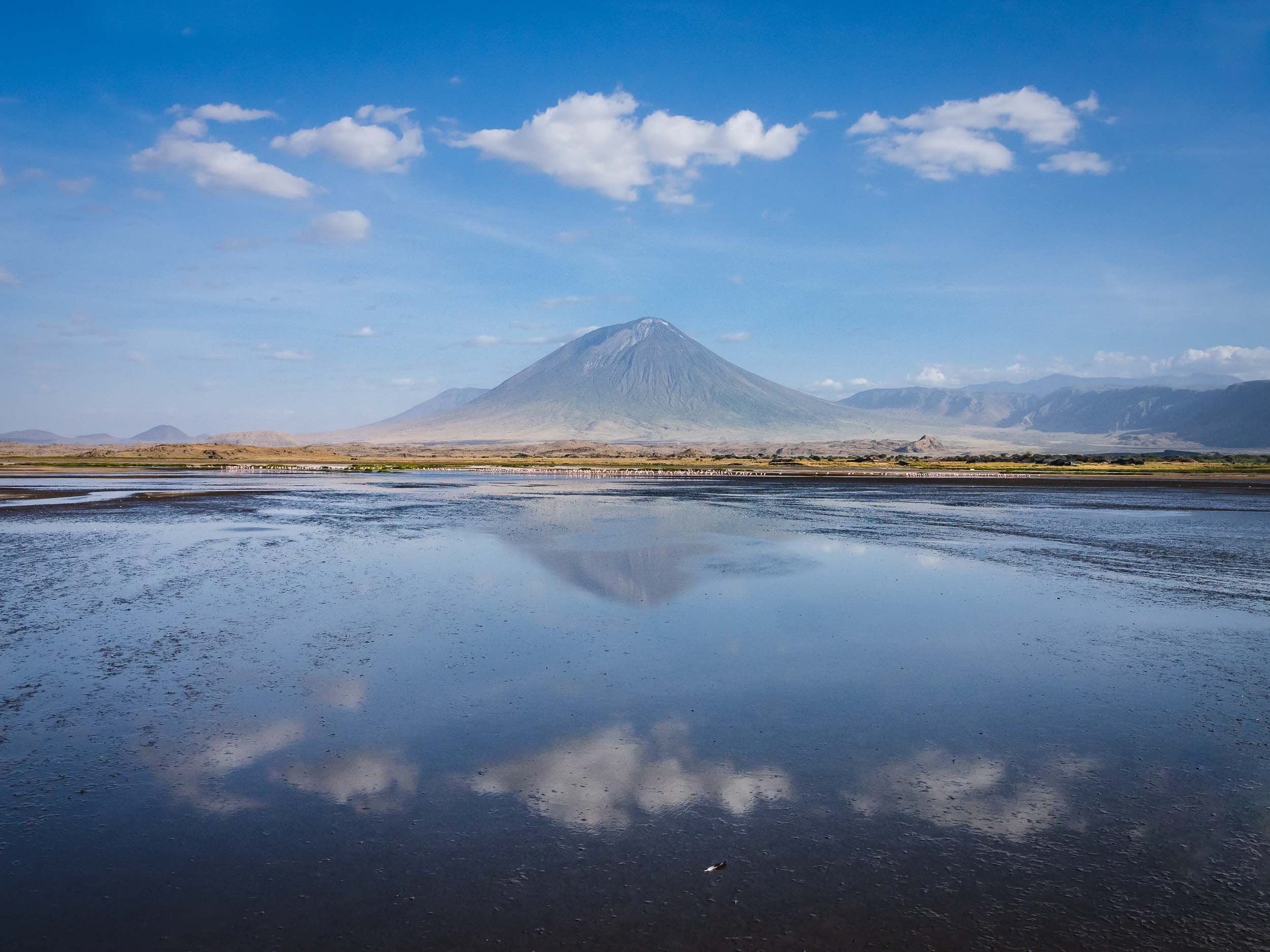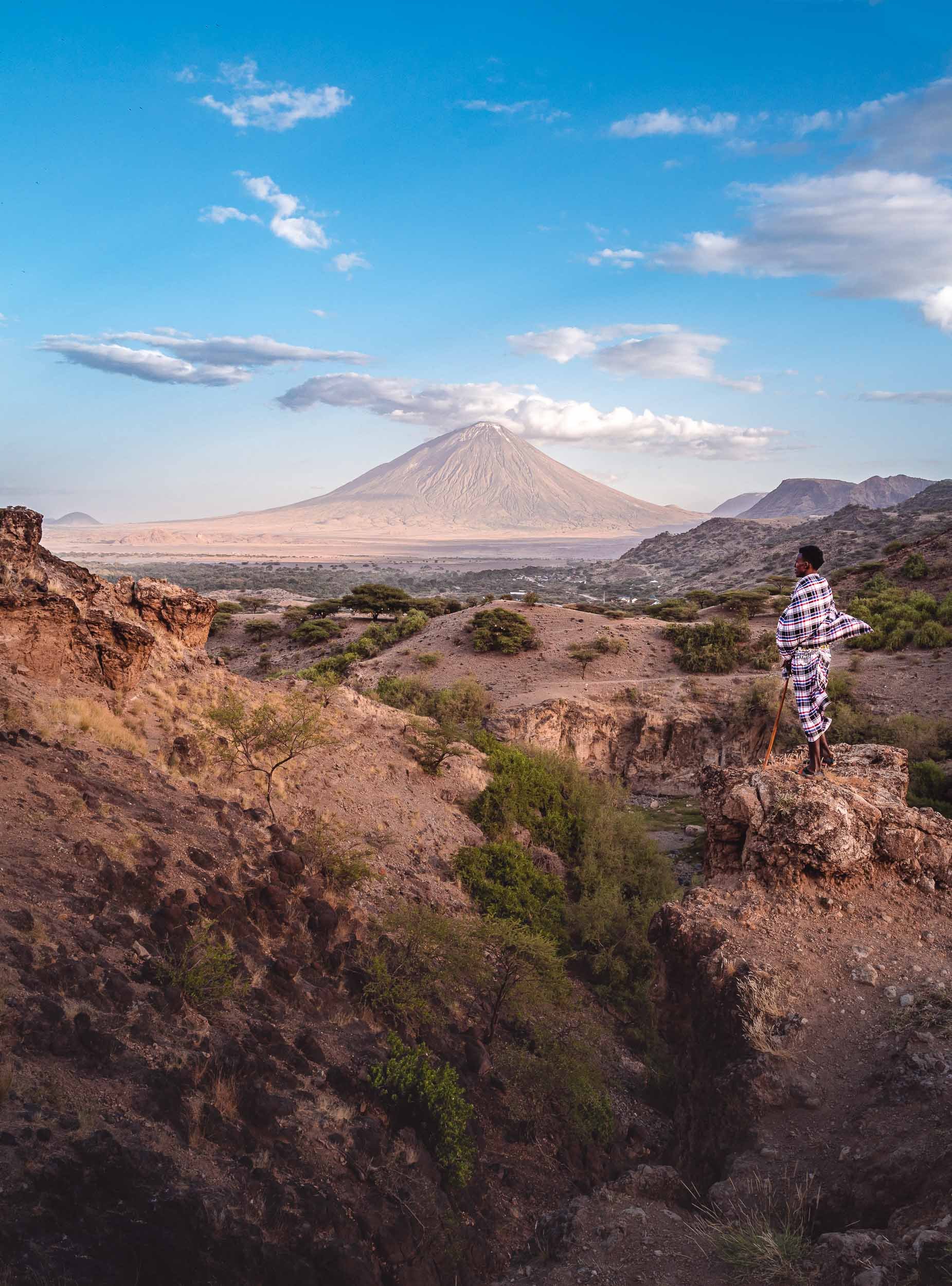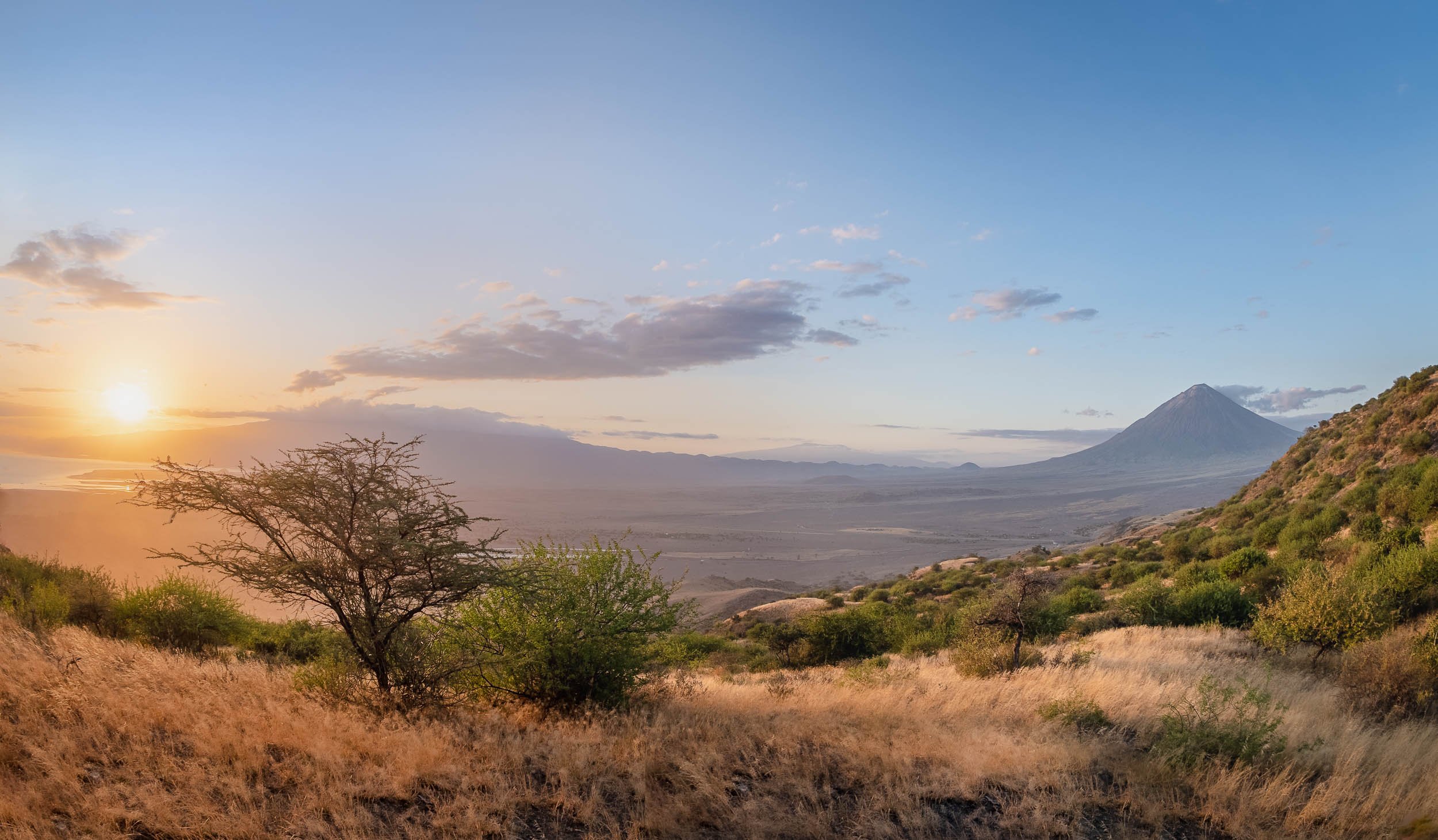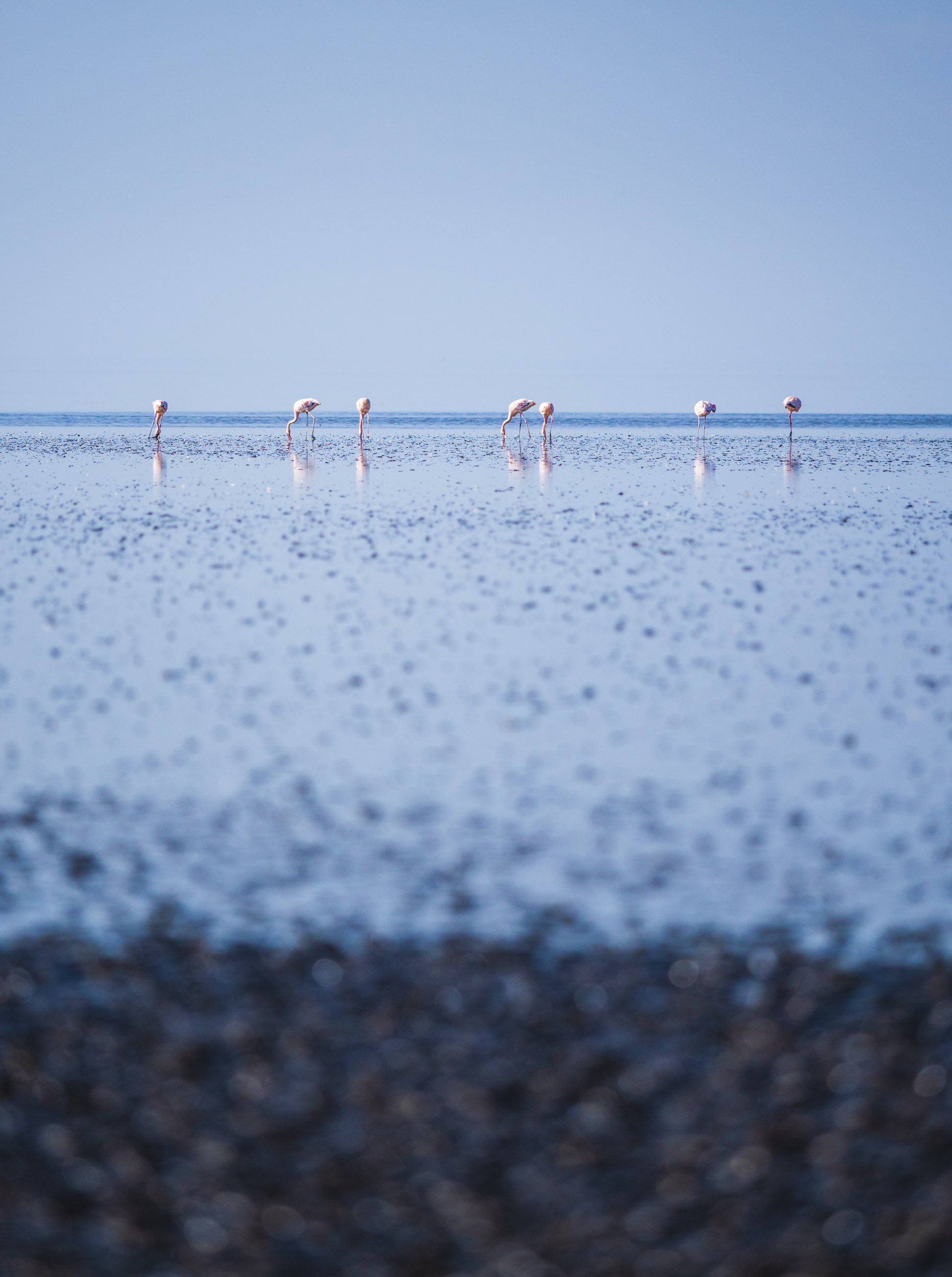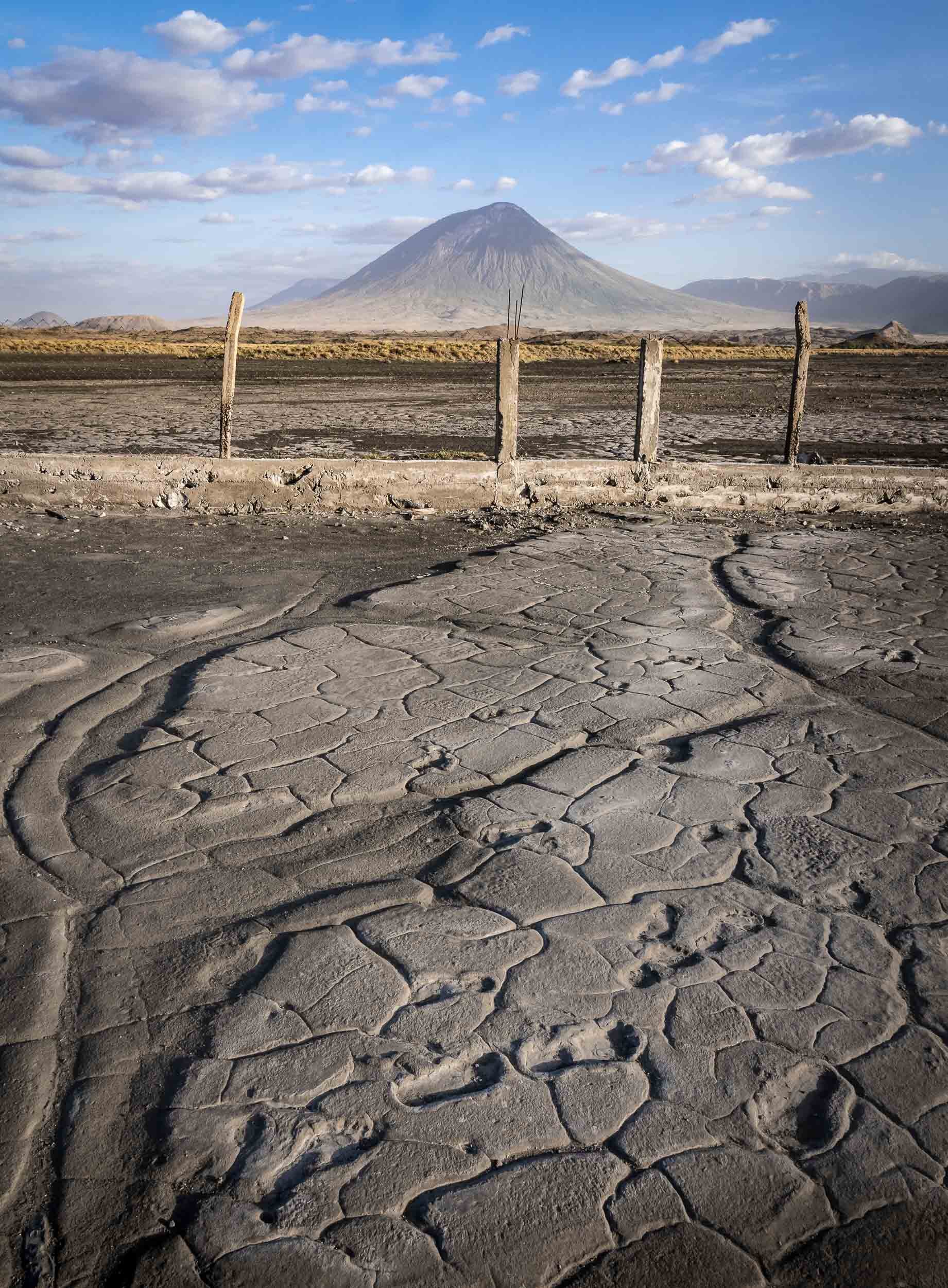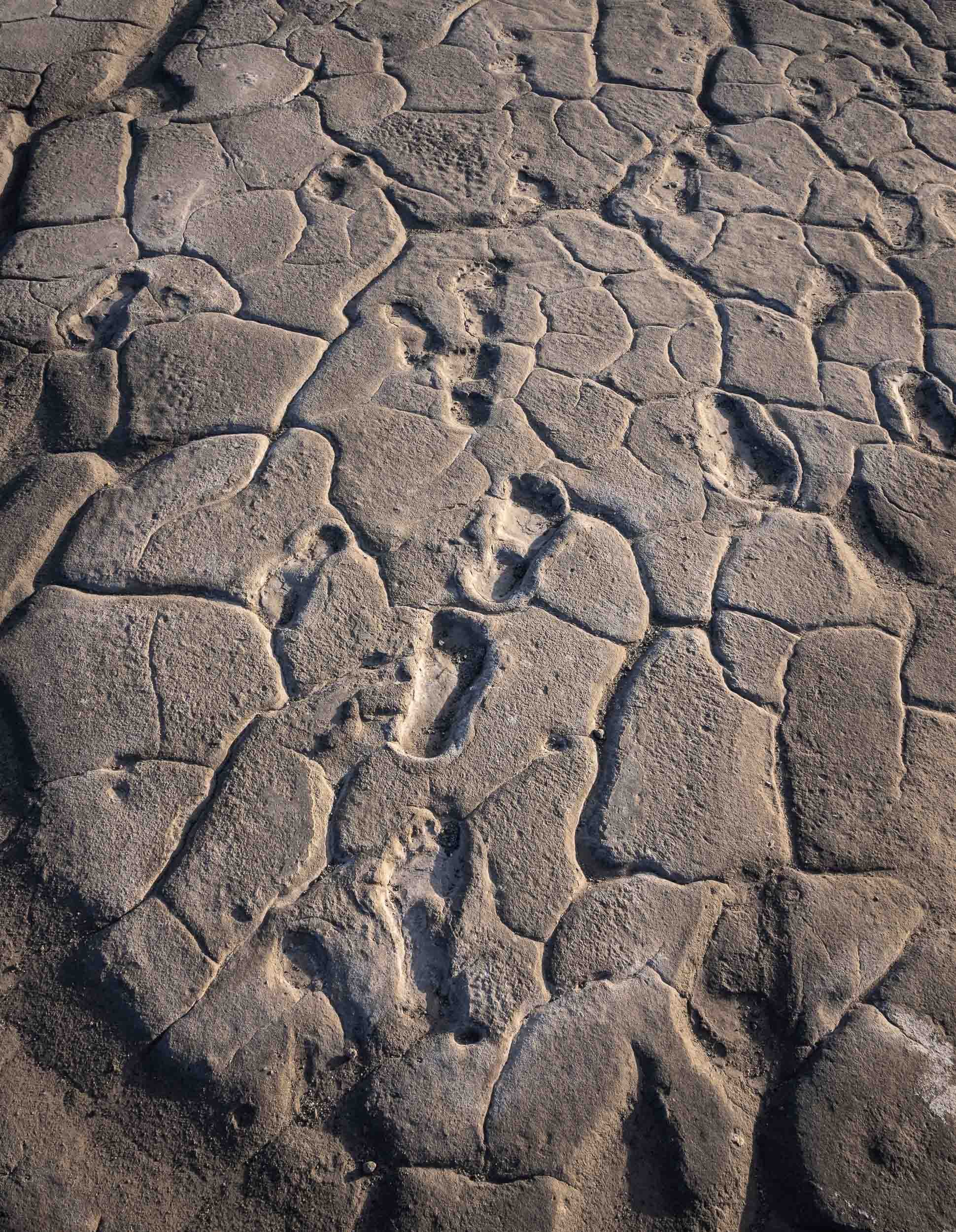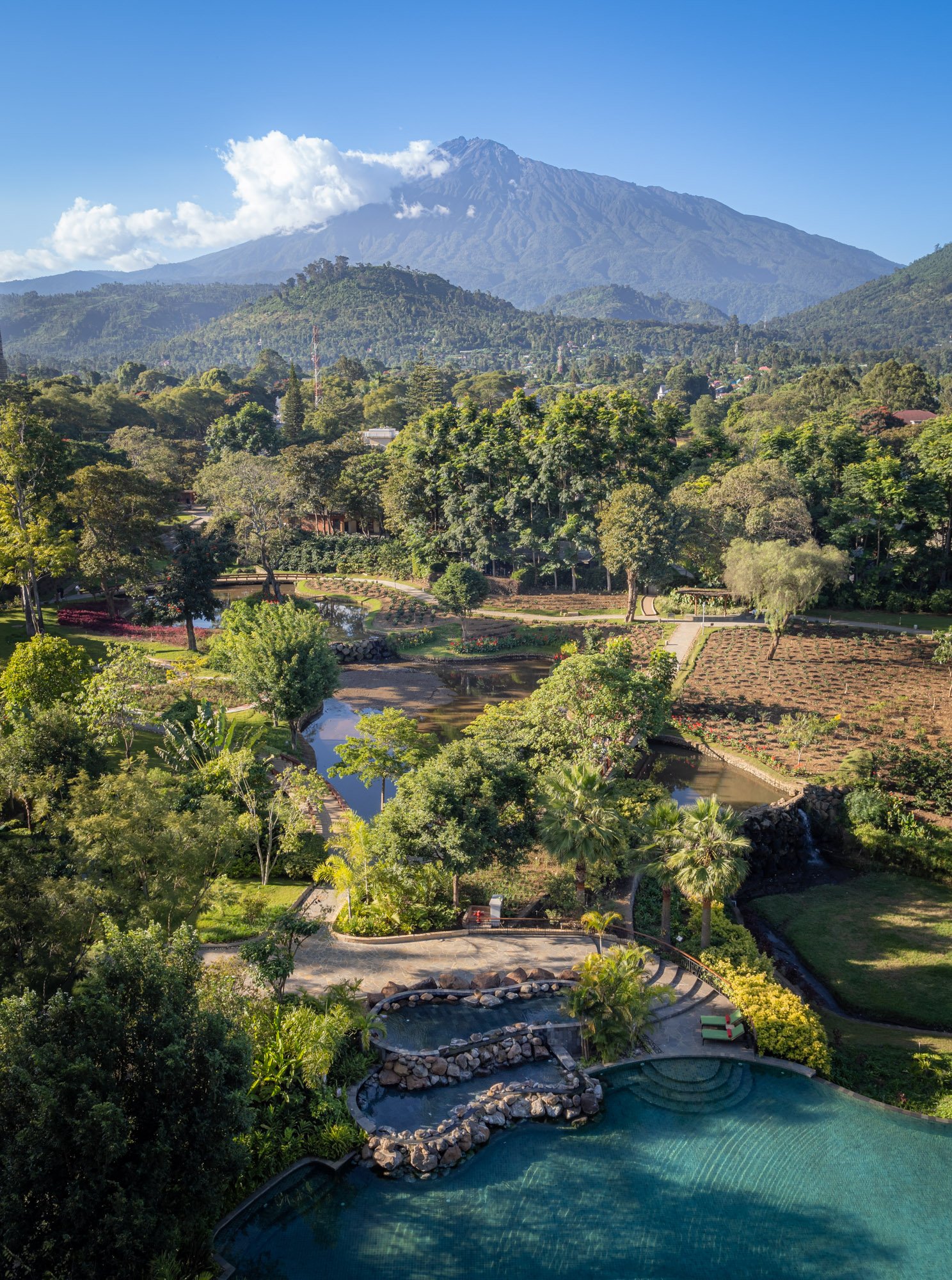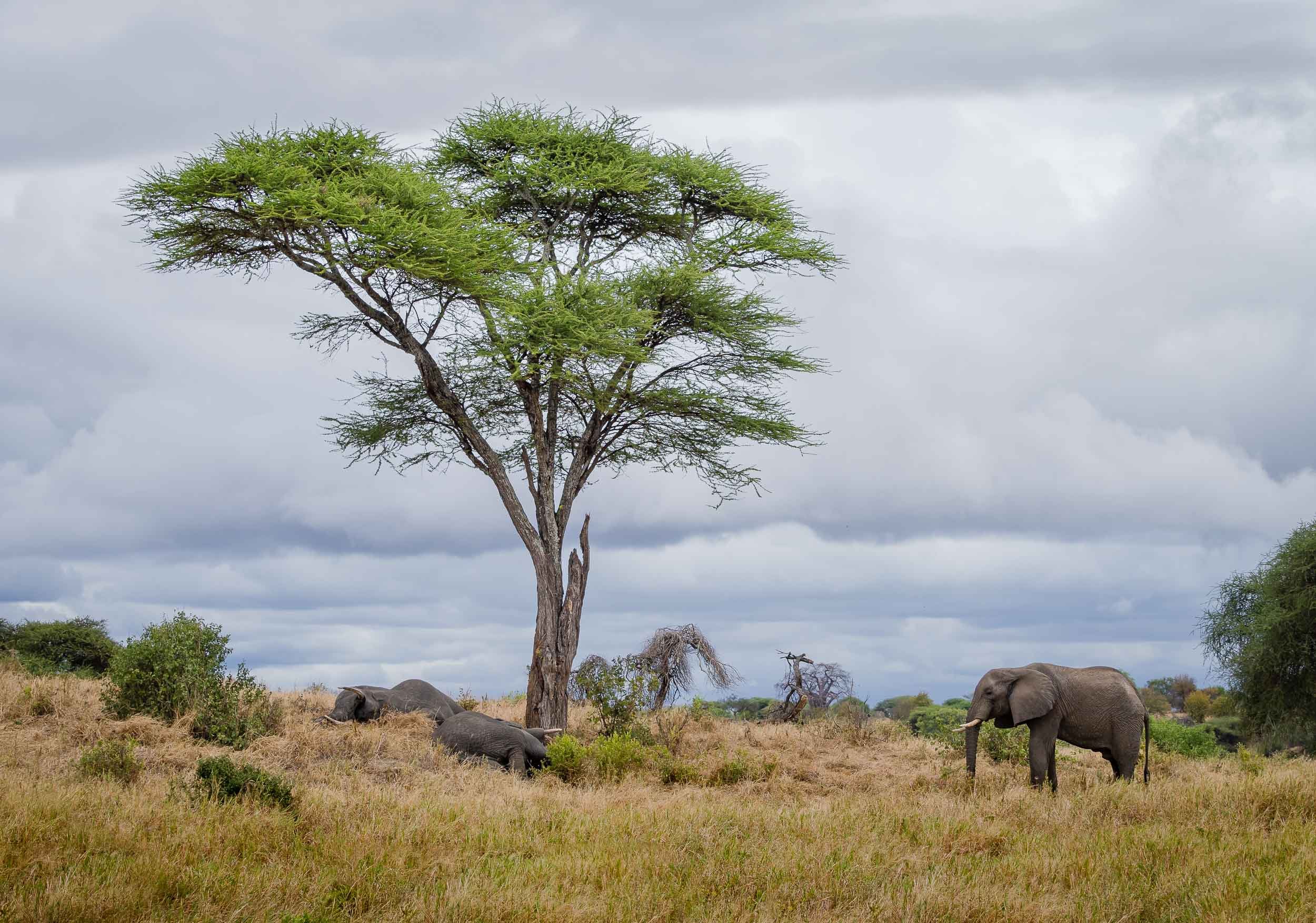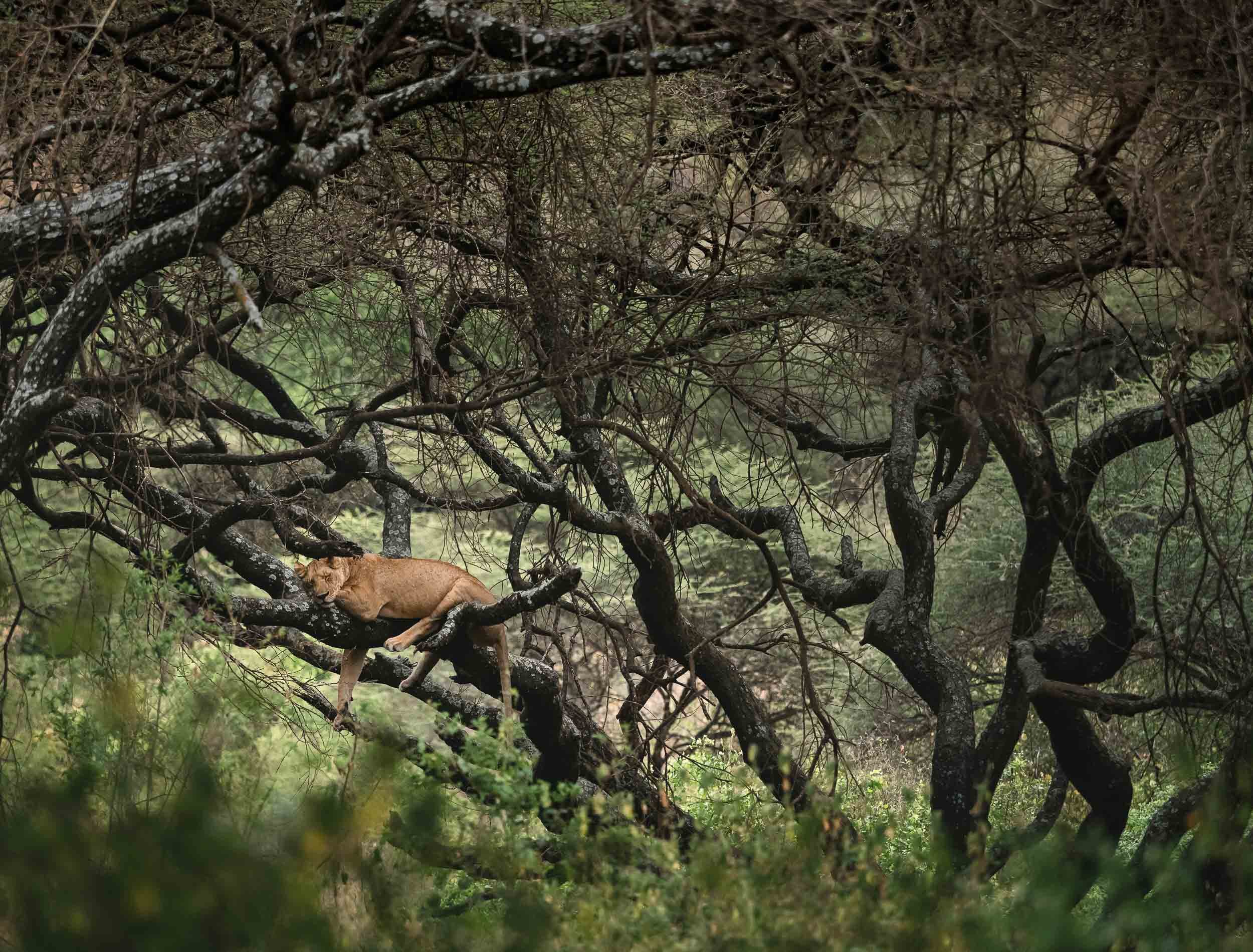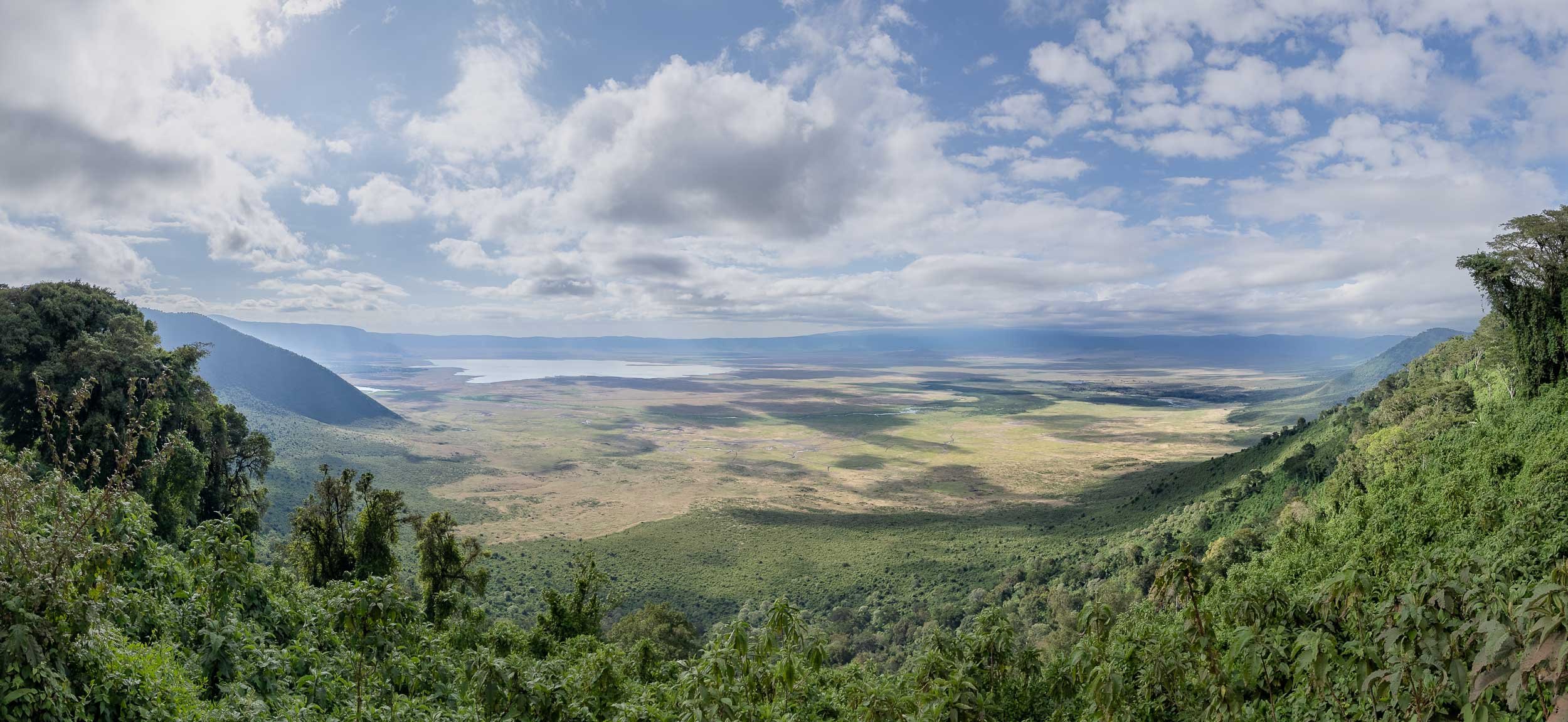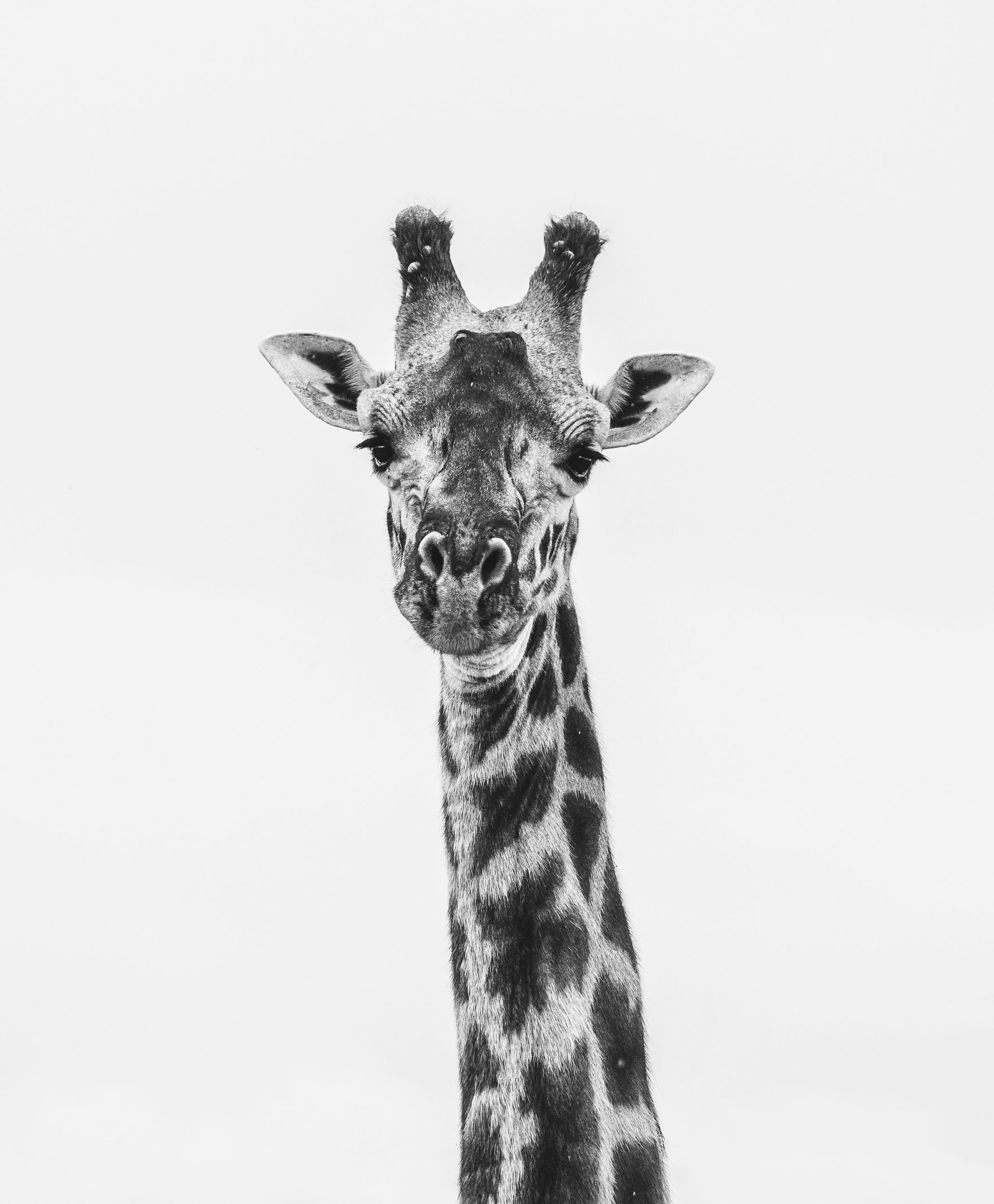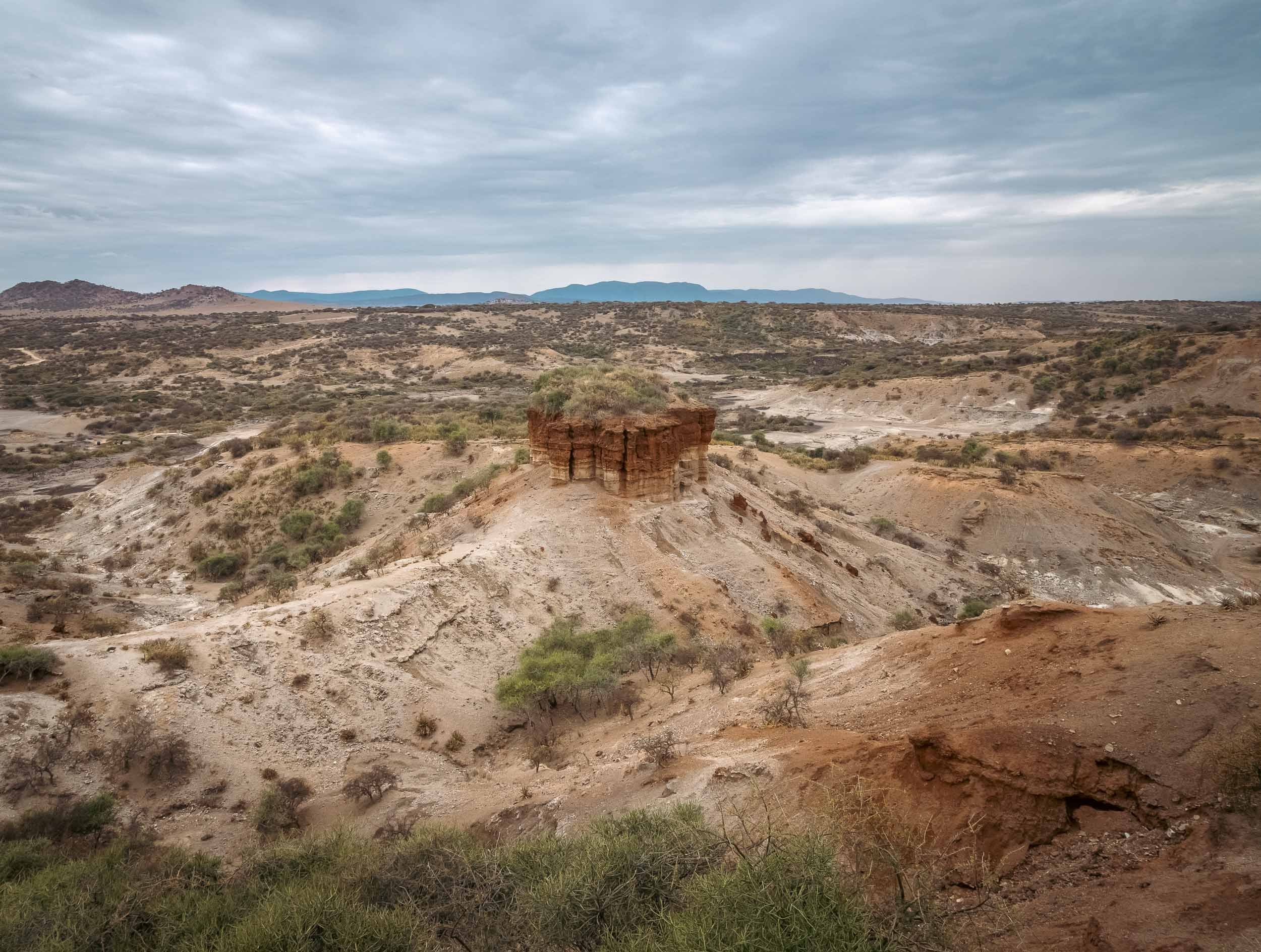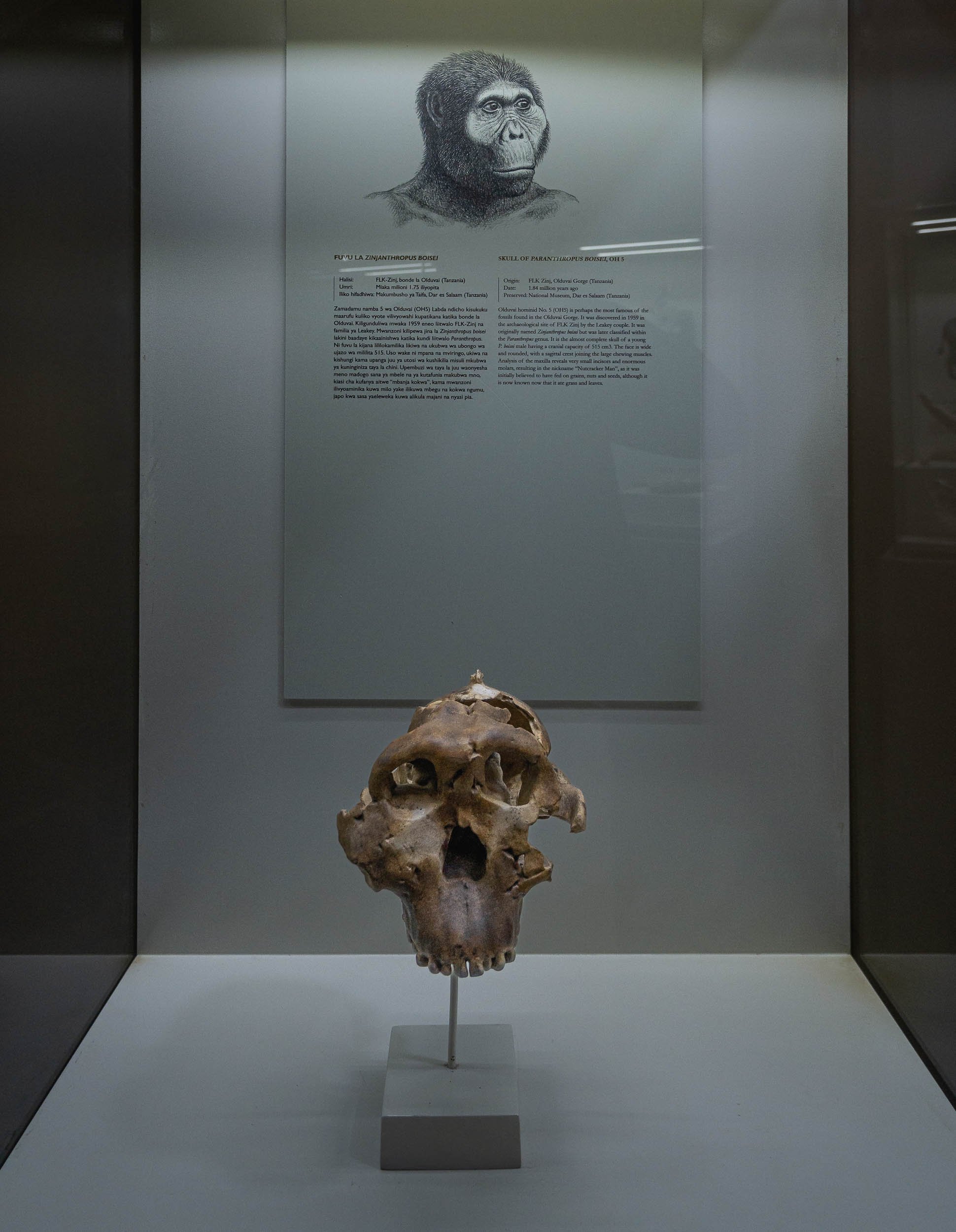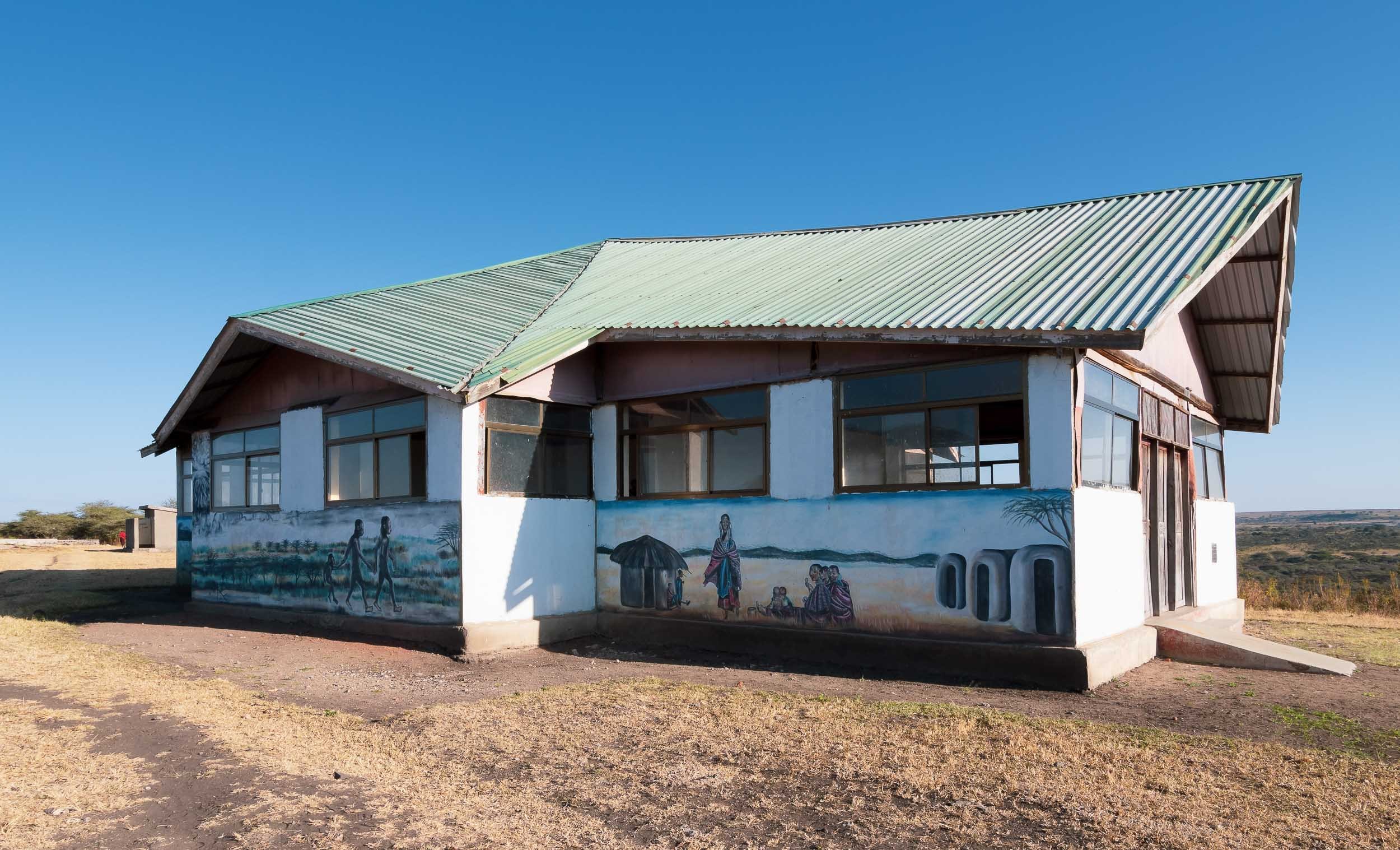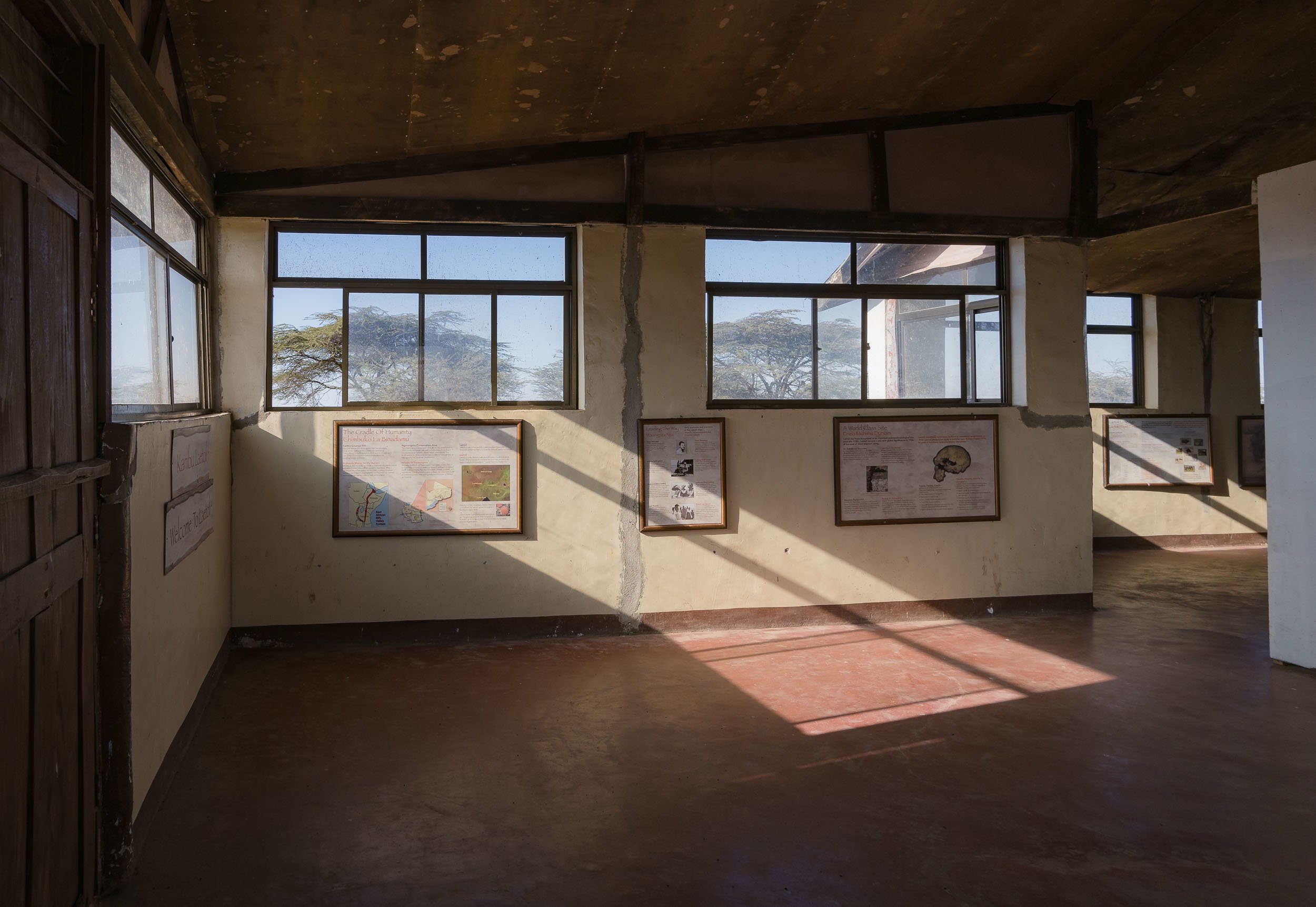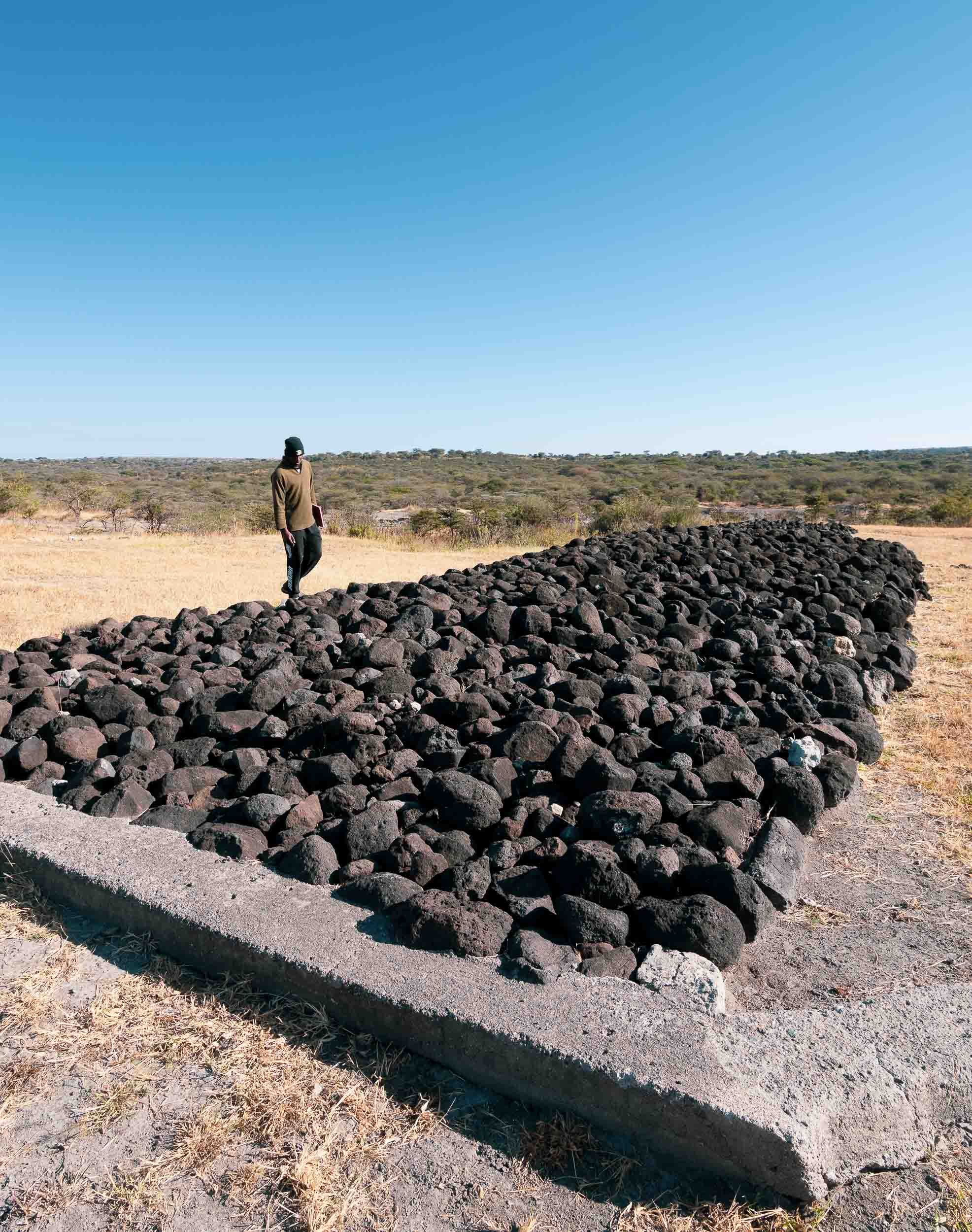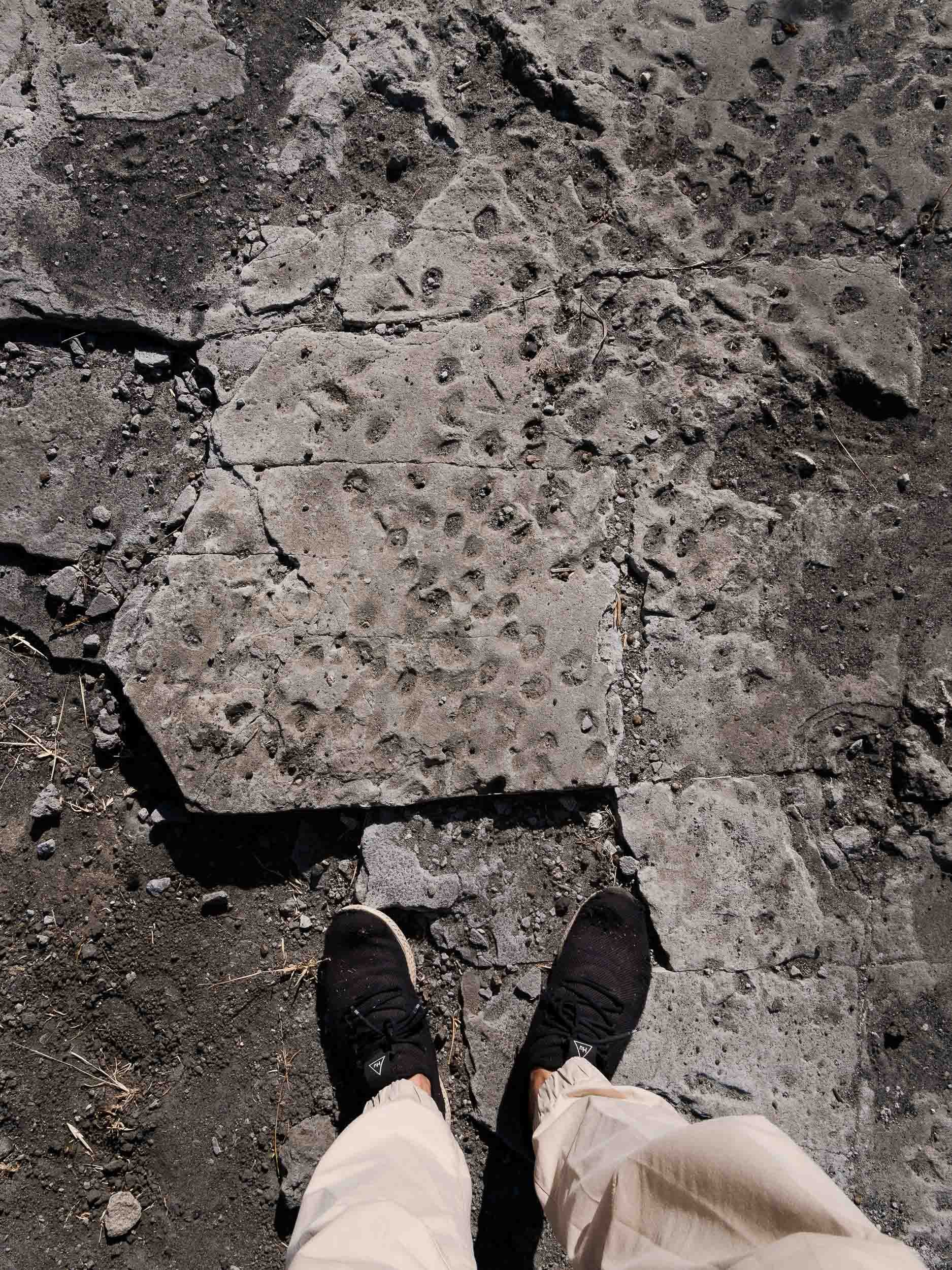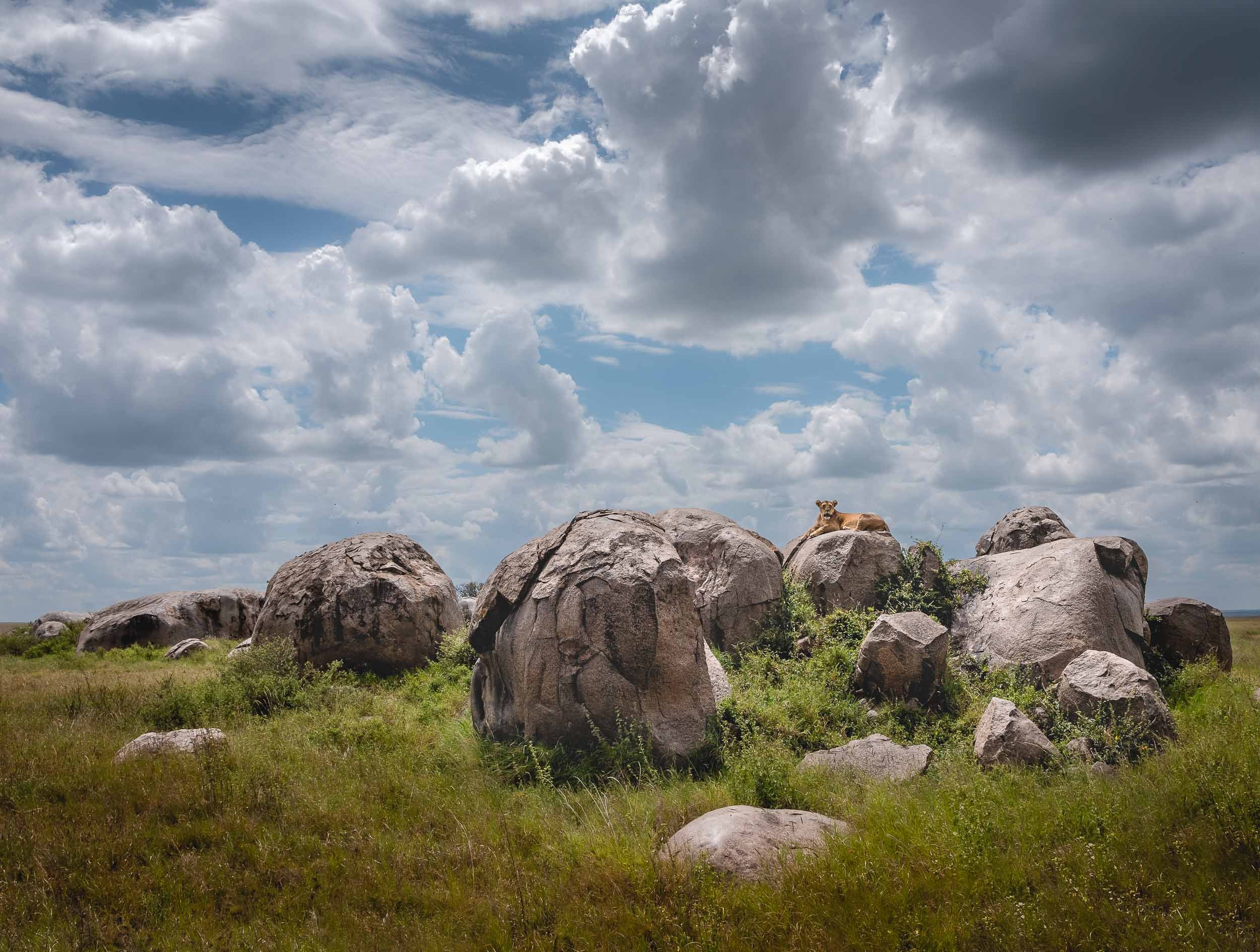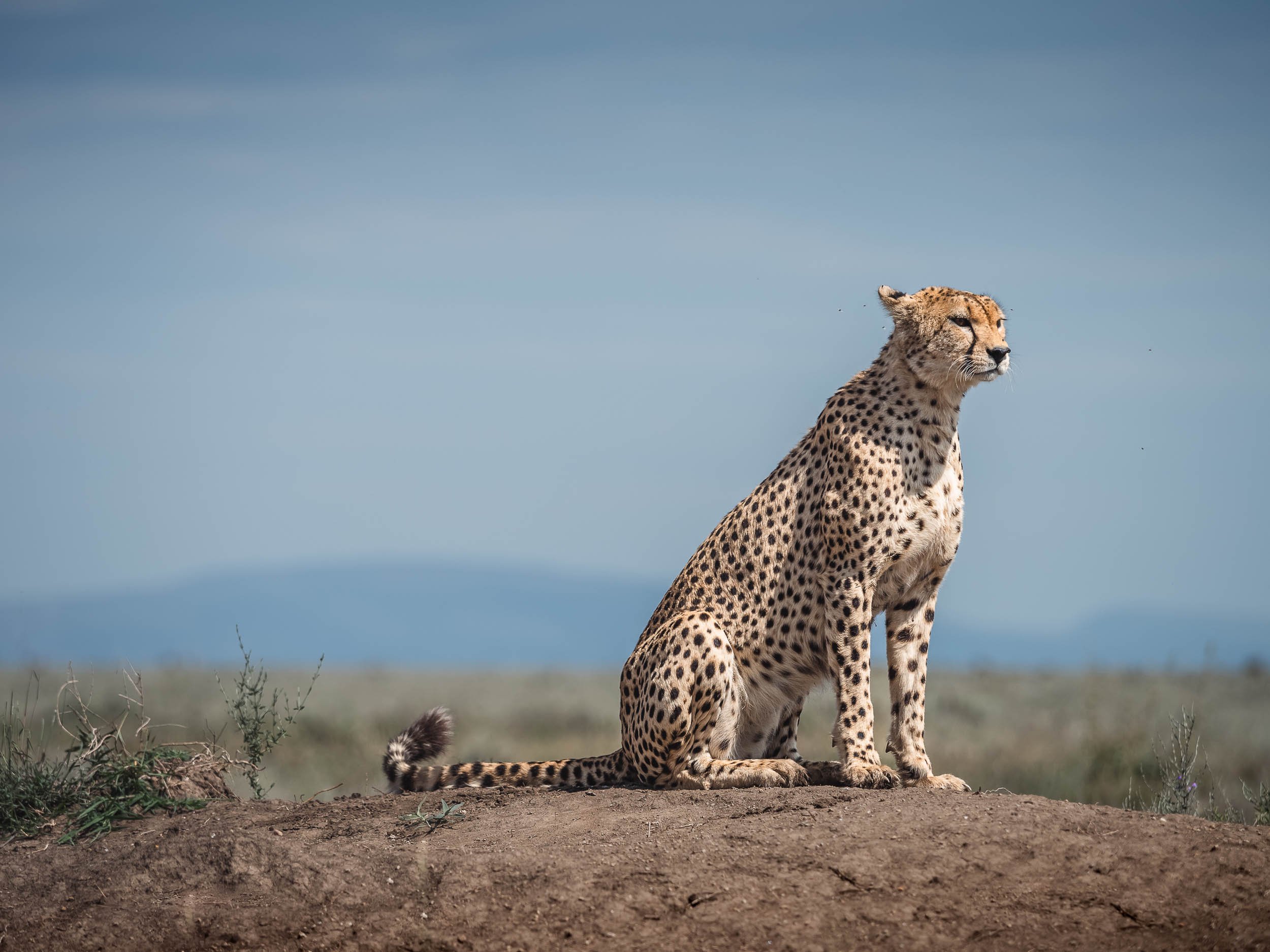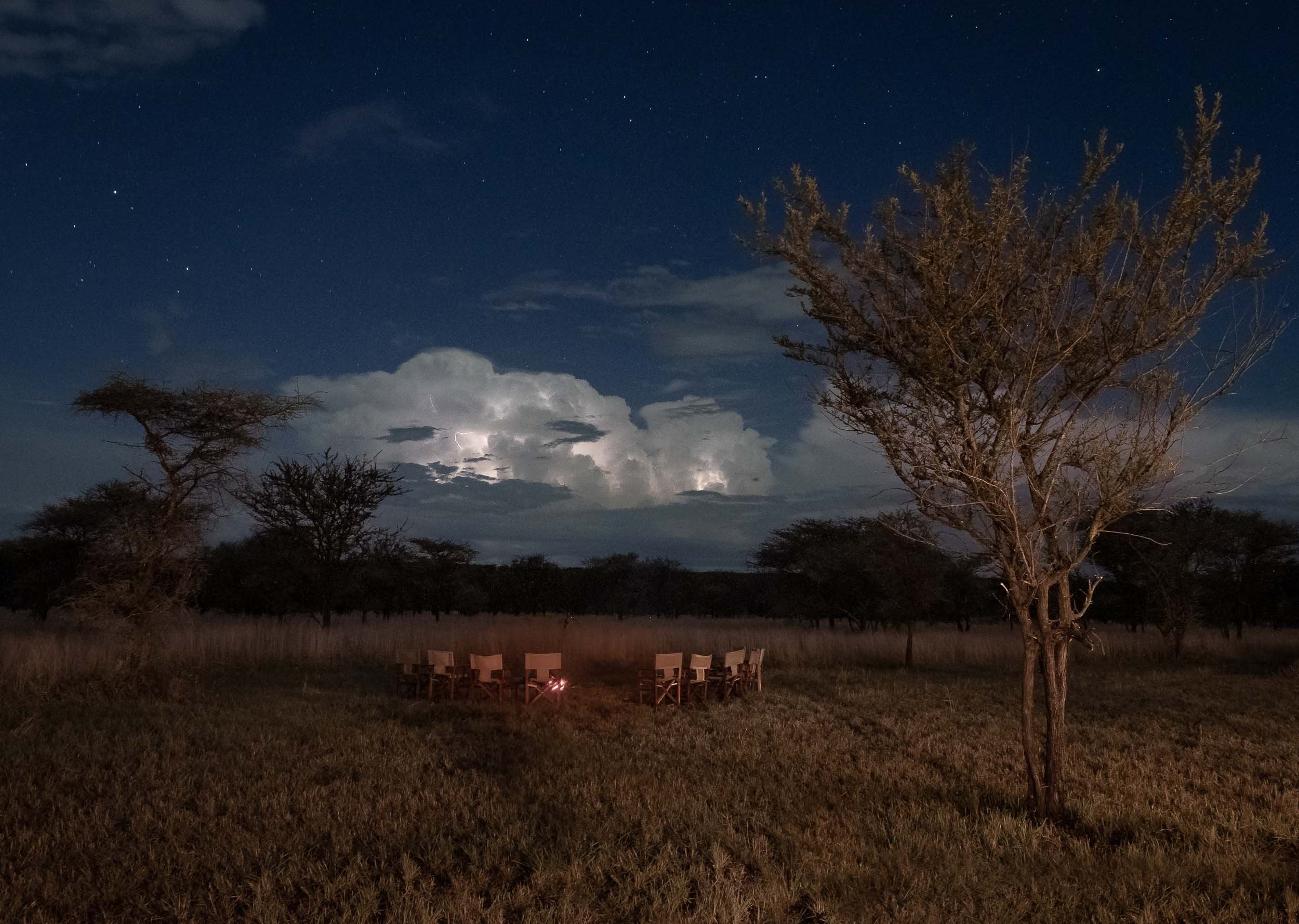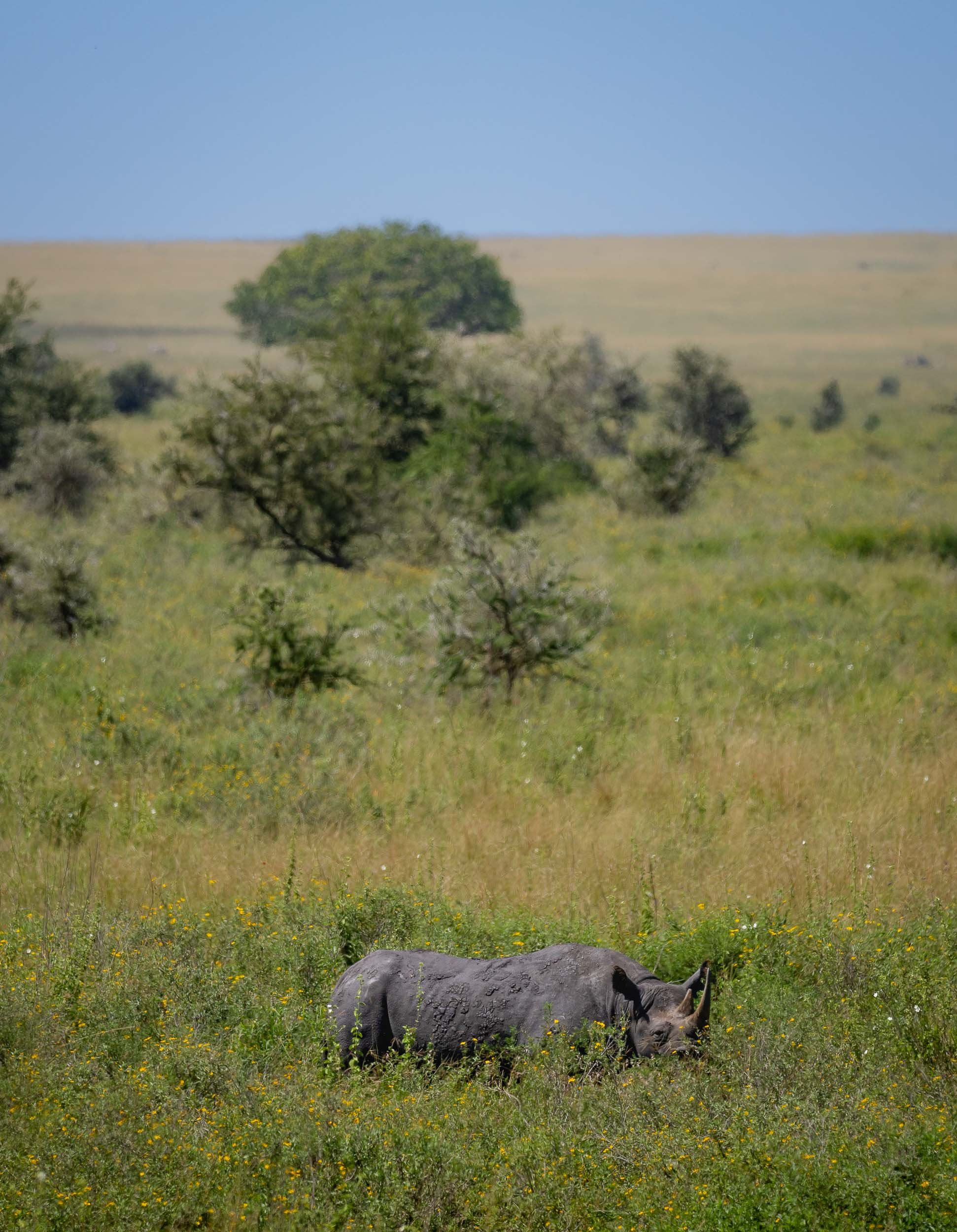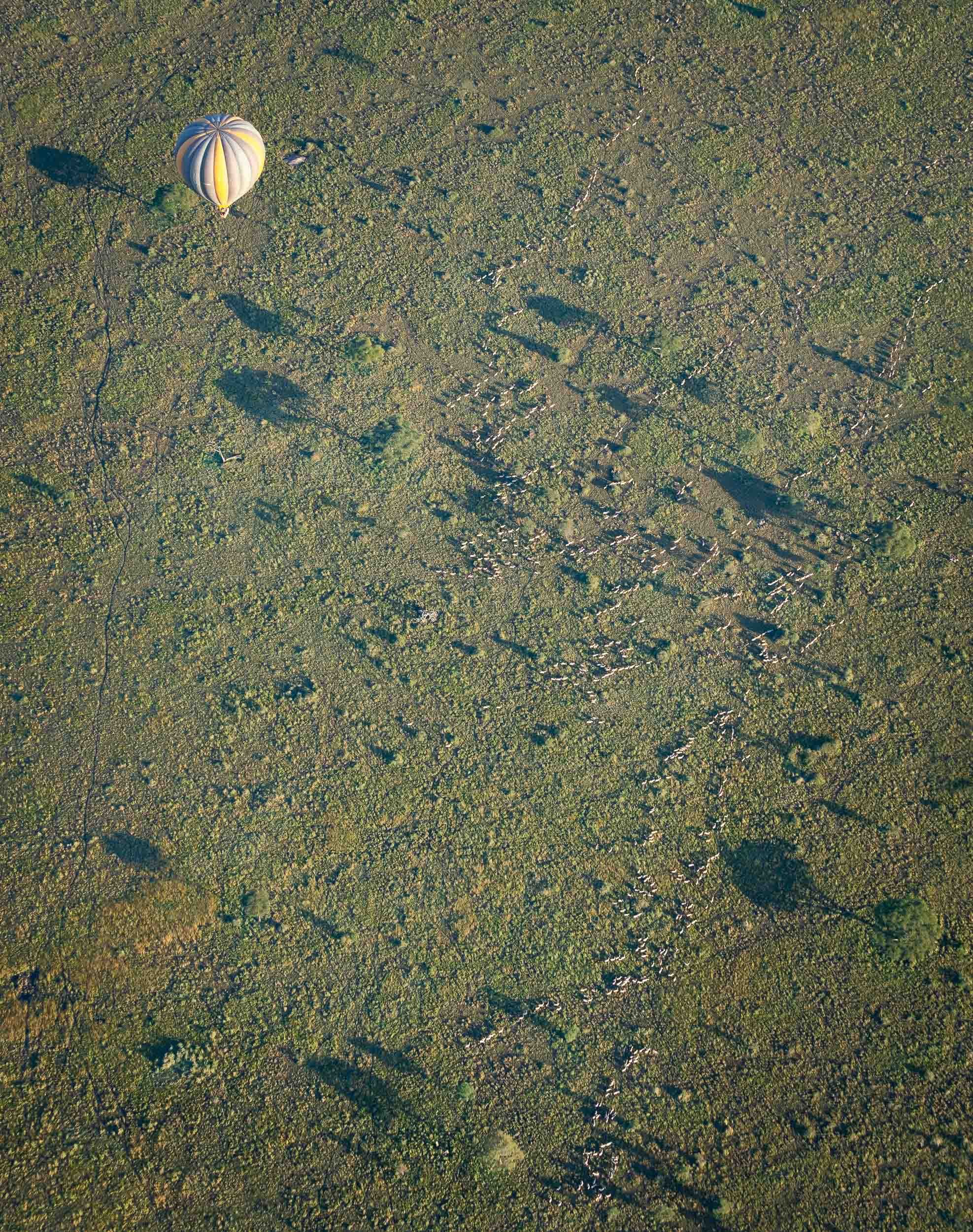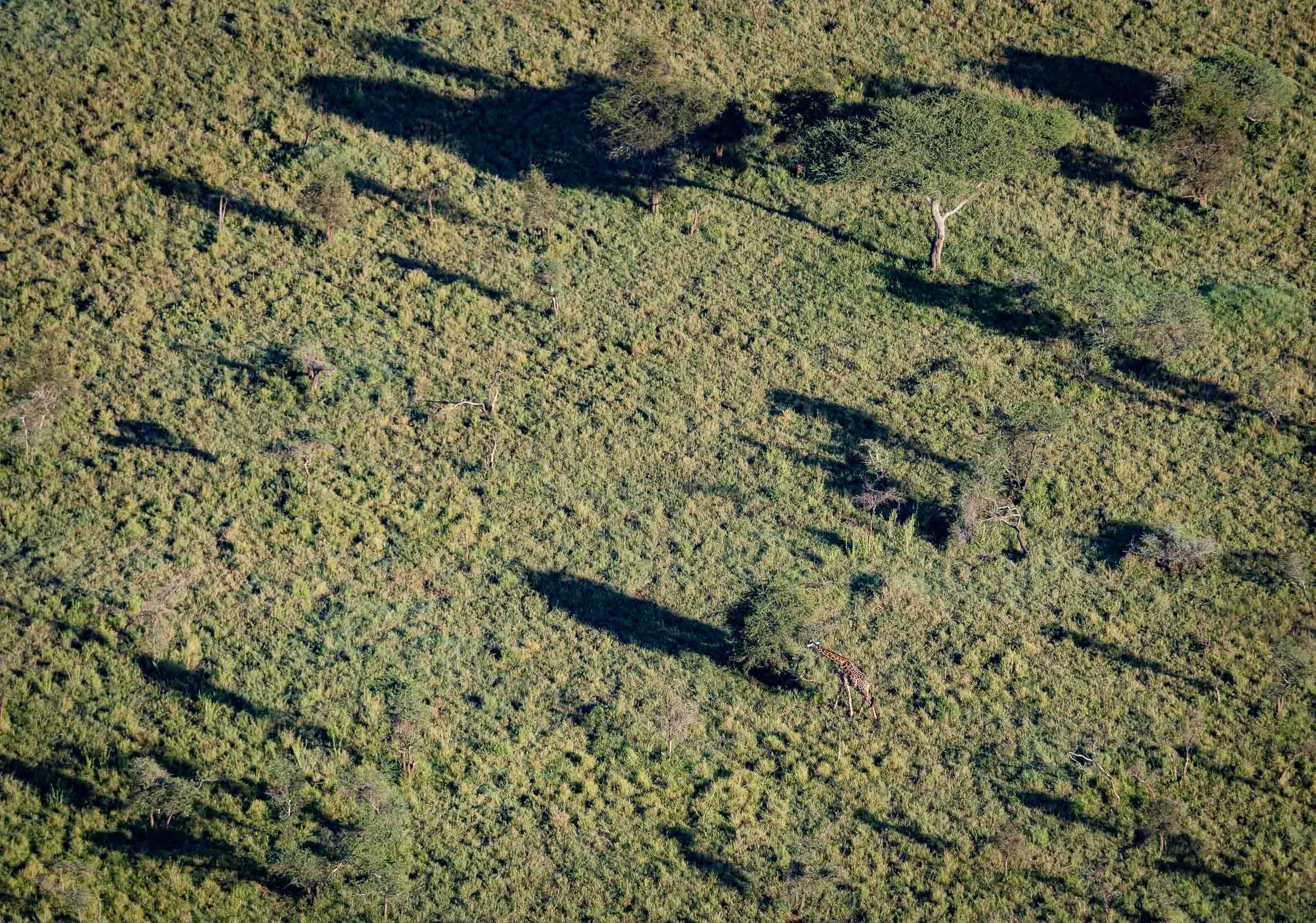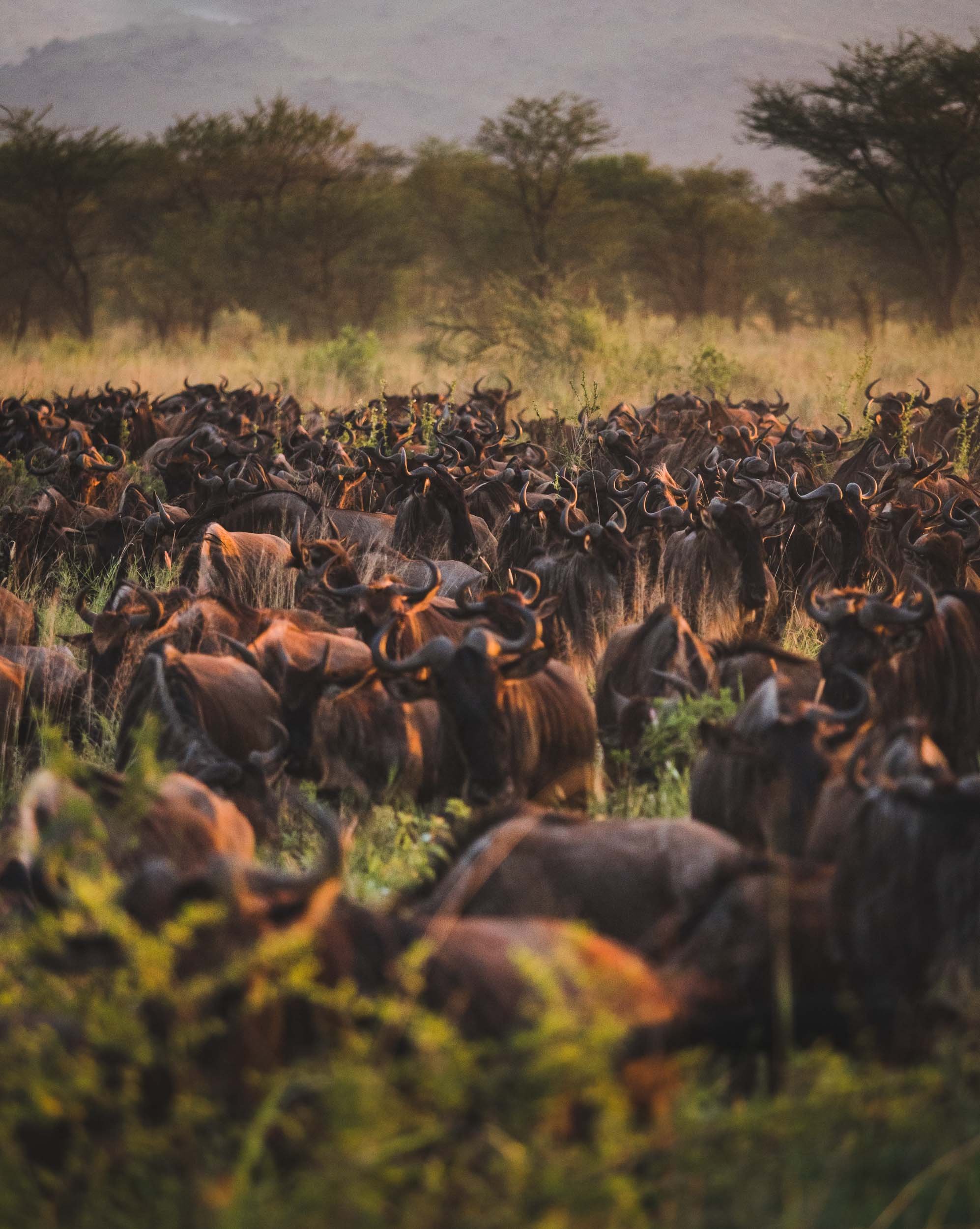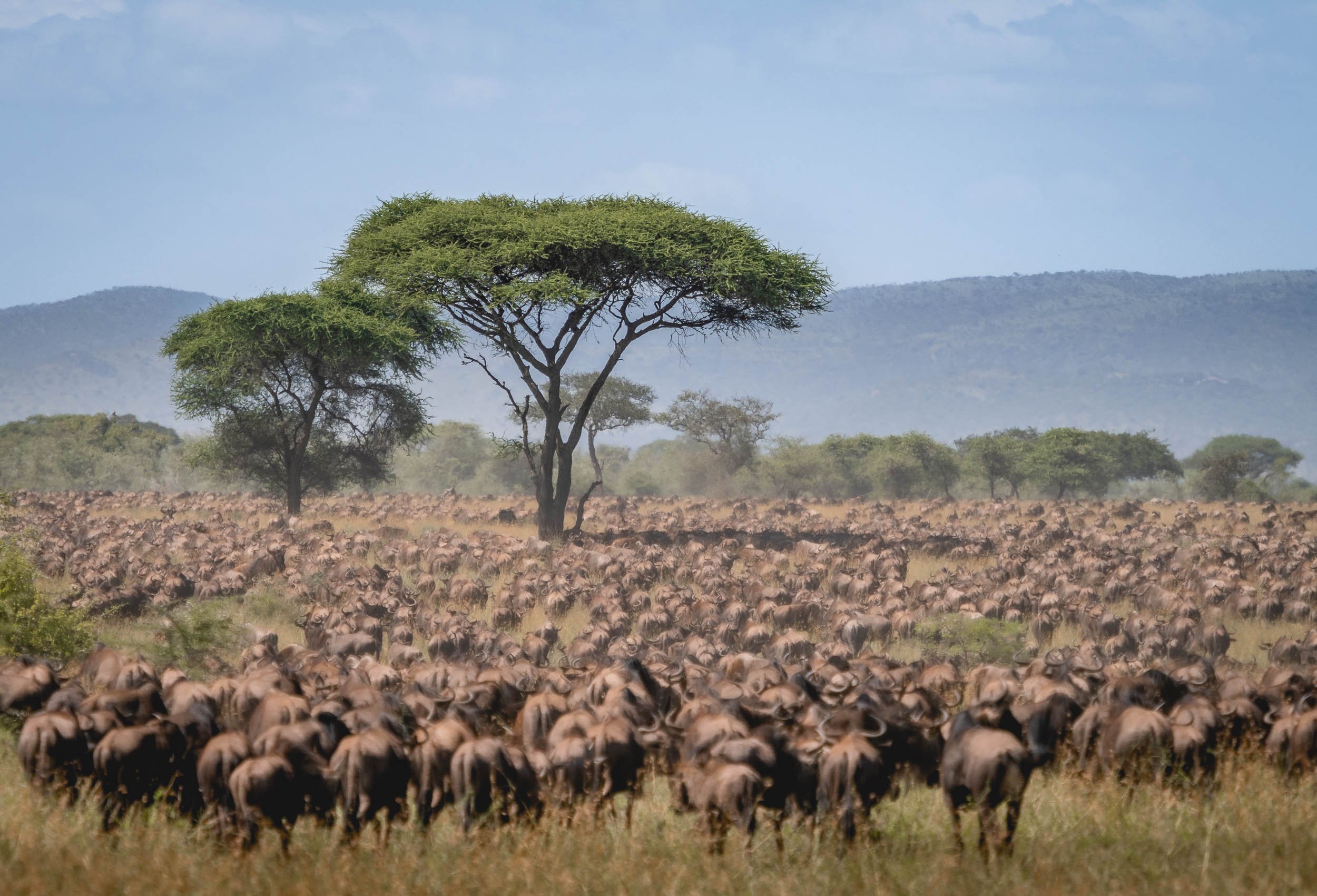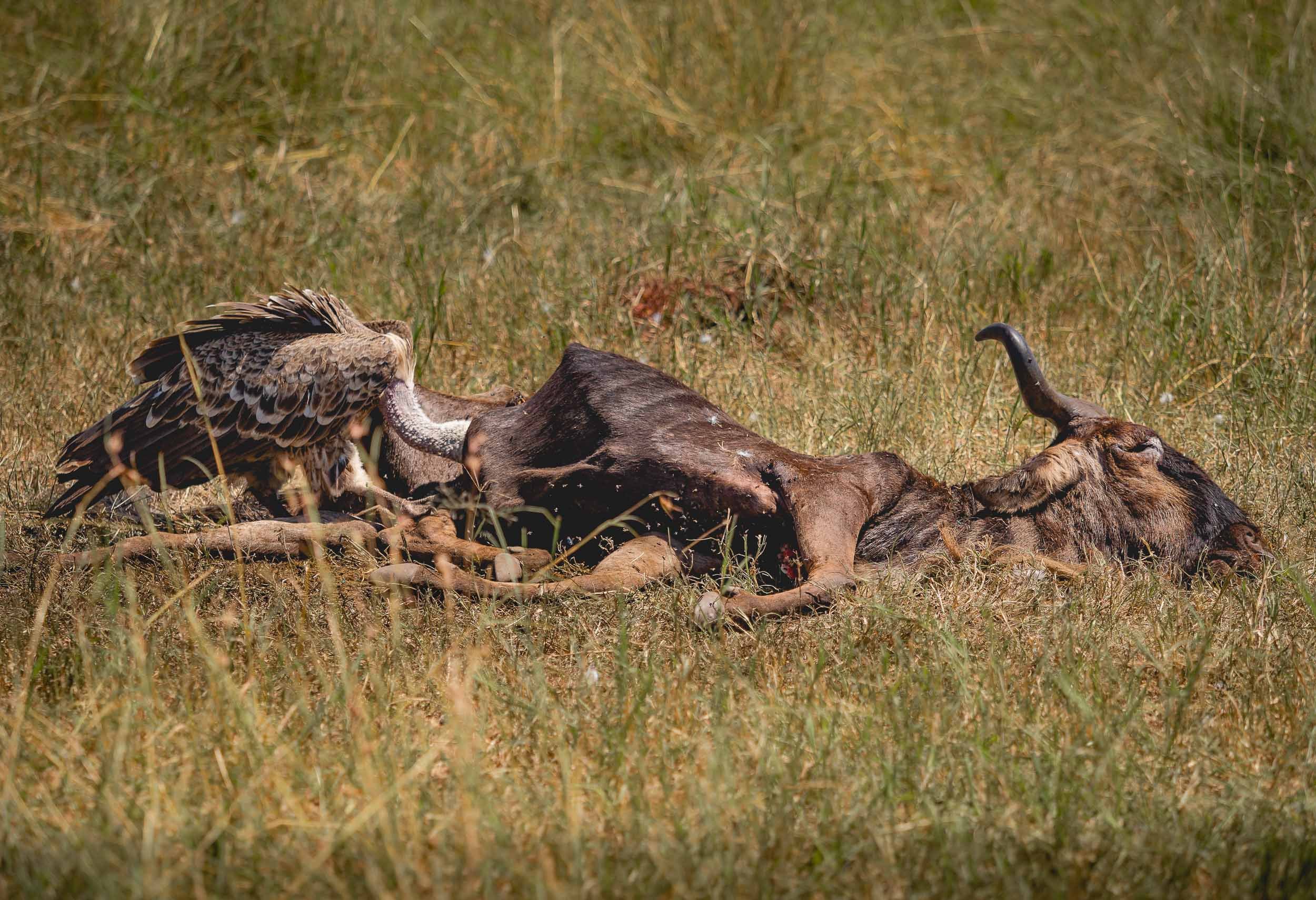Tanzania - National Parks and the Origins of Humanity
After visiting Zanzibar back in 2016, it was time to add mainland Tanzania to the travel itinerary. Despite visiting Lake Natron and four National Parks as well as some of the country’s most important sites of human history, I still feel there’s a lot left to explore, particularly the lesser known southern parts. Read on for what I did manage to see, which includes incredible landscapes, amazing wildlife sightings from the ground and the air, and some of the most significant places in the development of our species.
The trip started at Kilimanjaro airport, landing with the backdrop of Africa’s tallest mountain around sunrise - as it happens though, the peak is better photographed from the Kenyan side. As they say, you go to Tanzania to climb Kilimanjaro (which I didn’t) and to Kenya to photograph it (which I did). More on that in another blog post…
Kikuletwa Springs
Hence, the first photos I took were of a little unknown gem east of Kilimanjaro: Kikuletwa Springs, a small hot spring which on the morning I visited was luckily also completely empty, resulting in the calm, clear, colorful waters you see below.
Take a look under water and see what I found…
Lake Natron & The Mountain of God
A 6h drive through mostly bumpy dirt roads brought us to Lake Natron by the late afternoon, where I spent 2 days. The area is full of incredible natural wonders to explore, which I did with my great guide Mohammad, and a local Maasai called Mwenga, who was incredibly helpful, knowledgeable and friendly - and became a model for some of my photographs in the process.
The area is also home to the beautiful Ngaresero Waterfalls - a small hike through the canyon rewards you with these views and an optional very wet exploration of a small cave under the waterfall.
Flamingo Lake with Special Features
The lake is the only regular breeding area in East Africa for the 2.5 million lesser flamingoes, and also home to Greater Flamingo and many other bird species such as Pelicans. Its high salt content and temperatures up to 60C make it inhospitable for many other animals, including predators, but supports the development of organisms these birds feed on. These organisms are also responsible for the lake’s reddish hues, best seen from space. Despite the lake’s massive size (a maximum of 57 kilometres x 22 kilometres), it is only up to 3m deep.
Human Traces
Tanzania’s Wildlife Parks
Arusha was the starting point for the second part of my Tanzania trip, a wildlife photography journey with Andrew Goddard, organized by Guiding the Wild. We started the trip through the country’s parks in the north with Tarangire, followed by Lake Manyara and its national park, and the Ngorongoro crater and region, as well as the Serengeti.
Tarangire
An afternoon game drive in the park.
Lake Manyara
A walk on the lake followed by a visit to the thick rainforest of the Lake Manyara National Park, both together a UNESCO Biosphere Reserve.
Ngorongoro Conservation Area and its Crater
The highlands and their famous volcano, with the world's largest inactive, intact and unfilled volcanic caldera, were our next destination - a UNESCO World Heritage Site.
In the Ngorongoro Conservation Area, we encountered this Cheetah mother and her two cubs with a fresh kill near the Ndutu lake. One of the cubs happened to look for some shade under our vehicle for a while, with barely its tail sticking out beside the tire. The mother had a GPS tracker for ongoing research, due to the declining population in the area.
The Seat of Humanity
The Ngornogoro region is also home to Tanzania’s most treasured prehistoric sites, which played an essential role in understanding human evolution. I took some detours from the standard route to reach two such places.
The Serengeti from the Ground - and from Above
A collection of wildlife images from what is maybe the most famous National Park in Africa, covering almost 15,000 sqkm - it is aptly named after the Maasai word siringet, meaning "the place where the land runs on forever".
While the Serengeti is impressive from the ground, an aerial view of its vast savannah and many animal herds take things to another level. After a - literally - bumpy start, we had a great balloon flight with Miracle Experience Balloon Safaris.
The Great Migration
Why we came to the Serengeti: The world’s longest animal migration, with 1.5 million wildebeest and 250,000 zebras following the rains in an 800km circular route every year. We caught it in full swing, with the largest herd we saw approaching 300,000 wildebeest according to our guides - it was an incredible sight difficult to capture in pictures.
My journey wasn’t as long and dangerous - hopefully still enjoyable to follow along.

